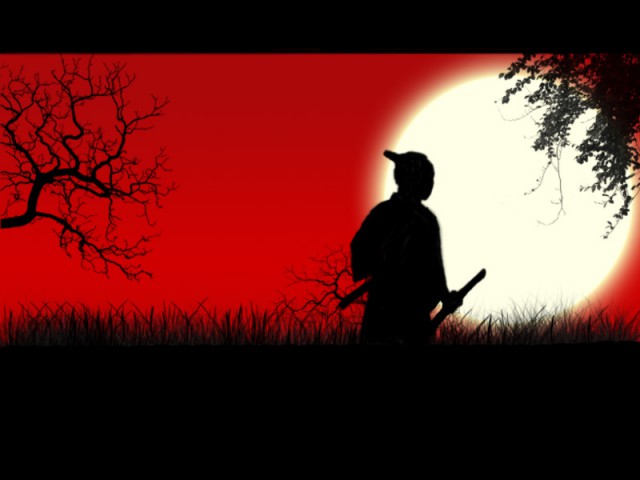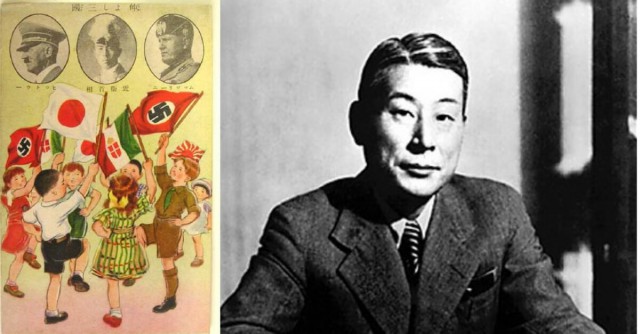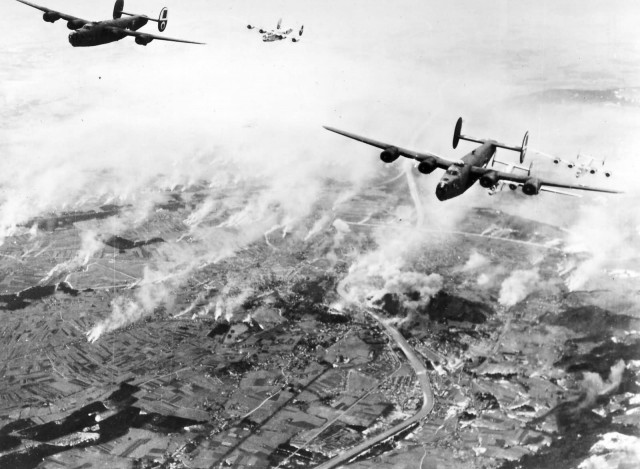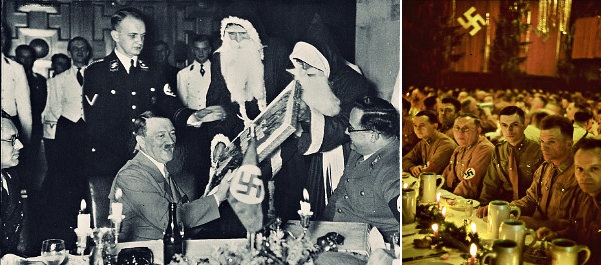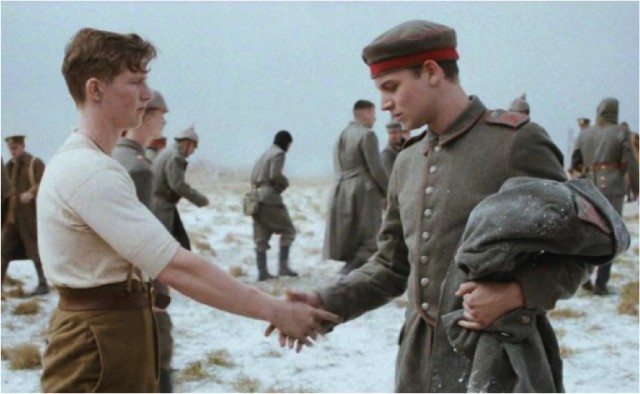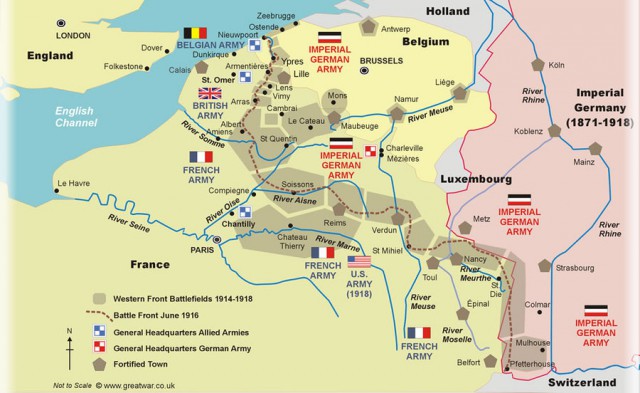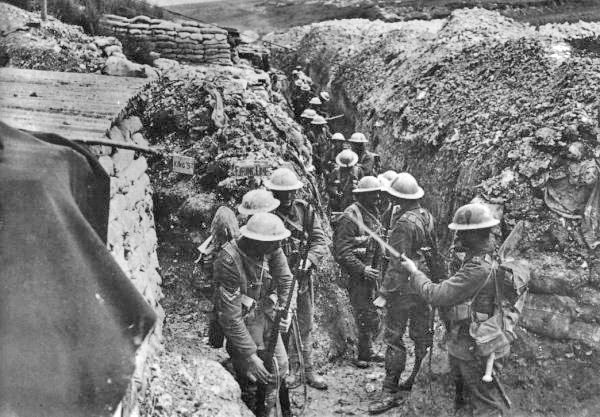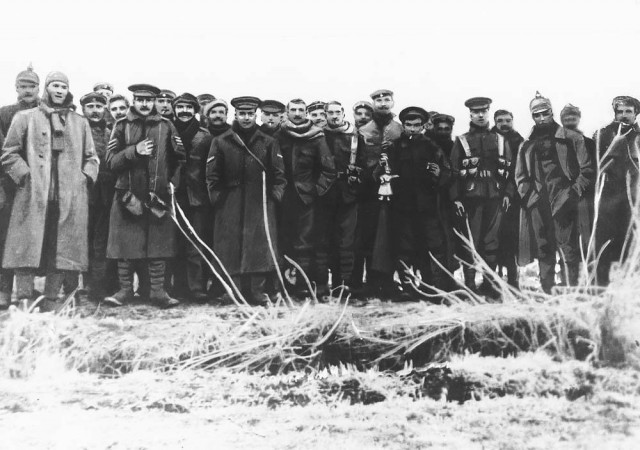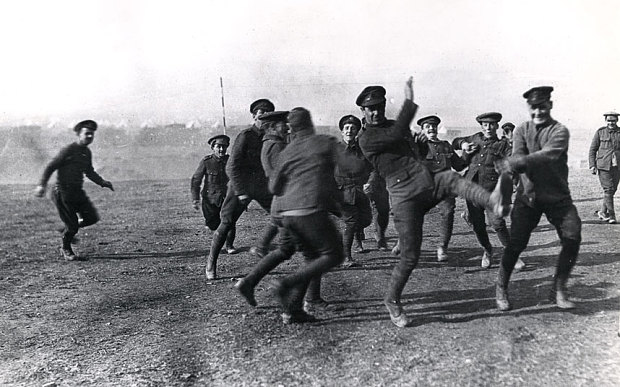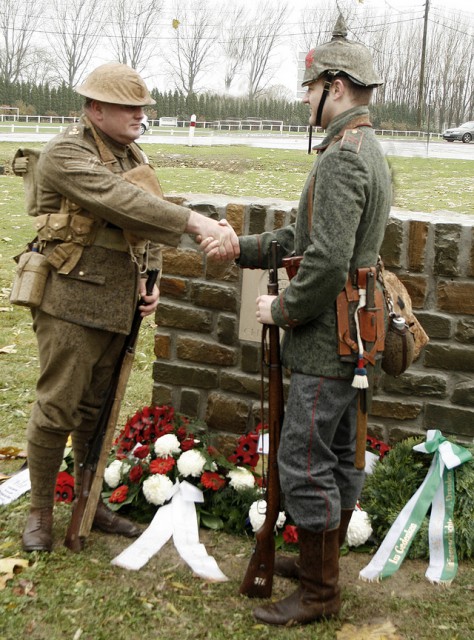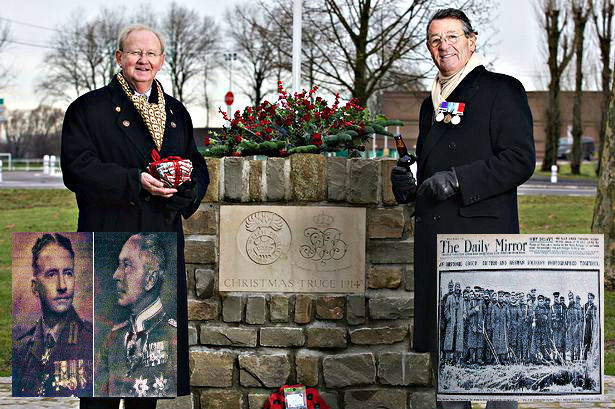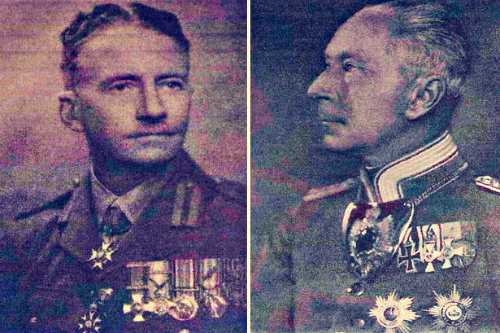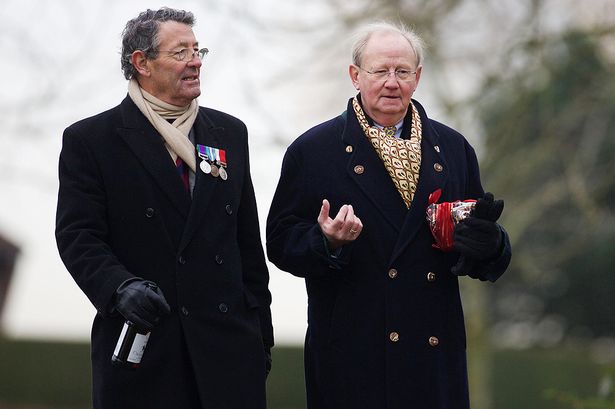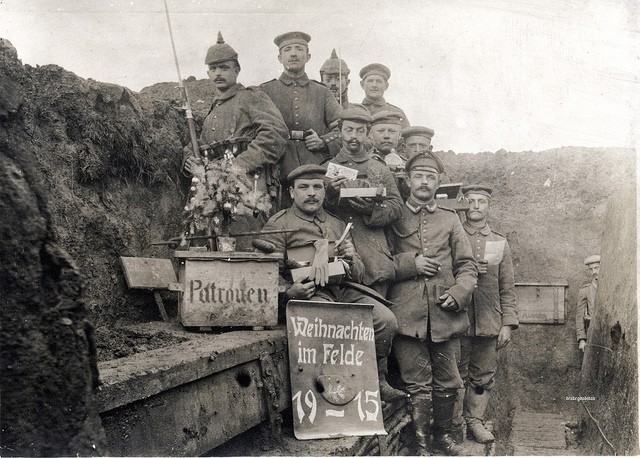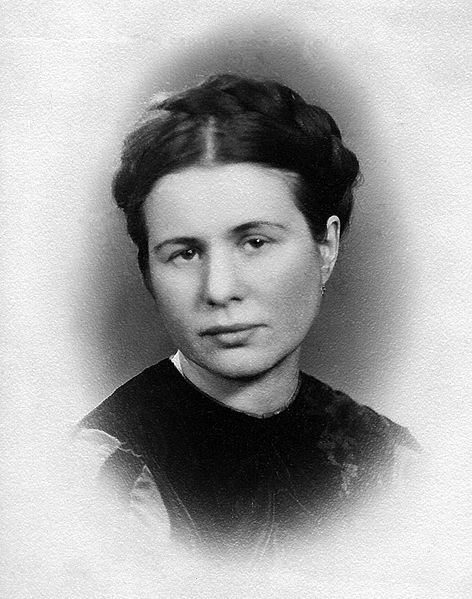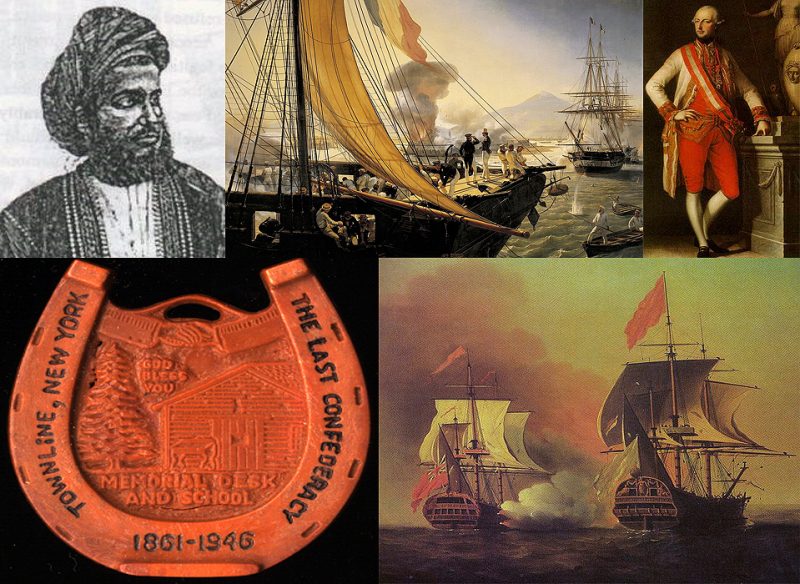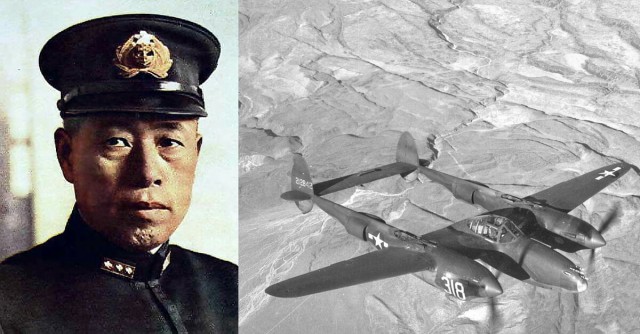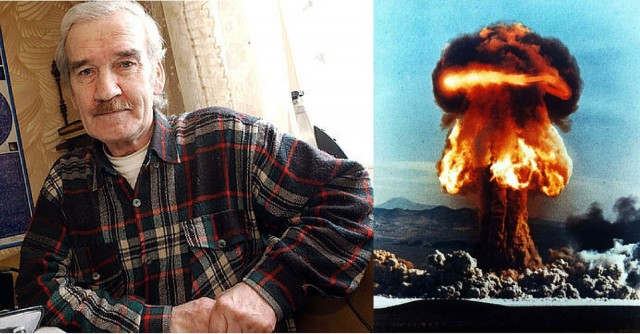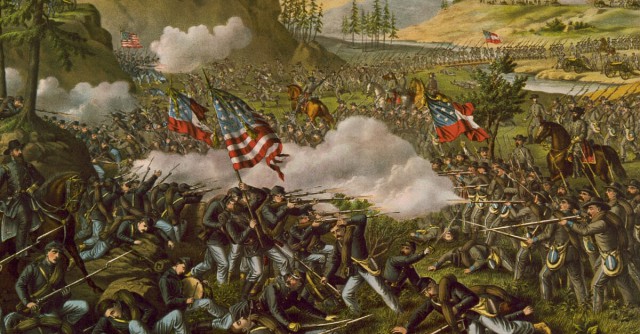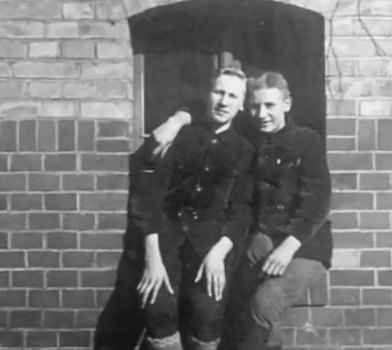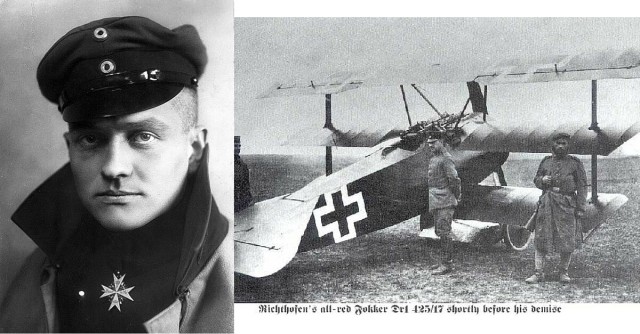Miyamoto Musashi was three hours late. This was his way. On the beach the tension in the air was palpable. Sasaki Kojiro paced up and down on the fine sand with his hands behind his back. His wrath was rising with the sun, and with every passing minute he felt the insult to his honour growing. The date was the 13th of April, 1612.
Kojiro was considered one of the greatest Samurai in Japan. He was famous throughout the land for his speed and precision, which was made even more remarkable by his preferred weapon. He wielded a huge no-dachi blade, a curved Japanese sword in the classic style, but with a blade over a meter in length. The size andWEIGHT of the no-dachi made it a brutal, unsubtle weapon, but Kojiro had perfected its use to a degree unheard of in all Japan.
of the no-dachi made it a brutal, unsubtle weapon, but Kojiro had perfected its use to a degree unheard of in all Japan.
 of the no-dachi made it a brutal, unsubtle weapon, but Kojiro had perfected its use to a degree unheard of in all Japan.
of the no-dachi made it a brutal, unsubtle weapon, but Kojiro had perfected its use to a degree unheard of in all Japan.
